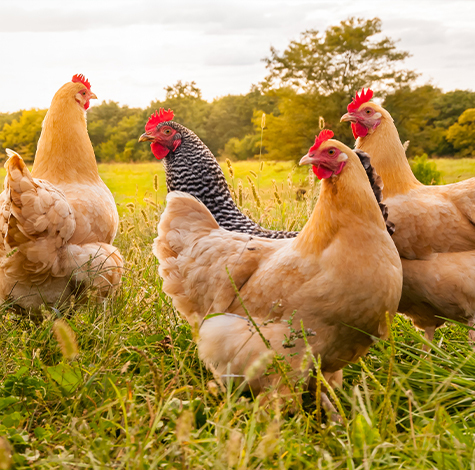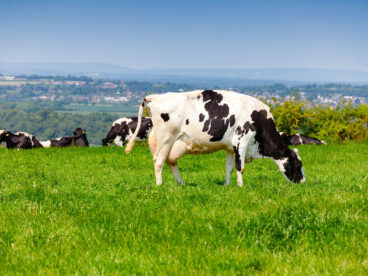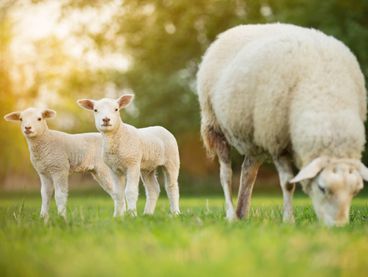The rumen is the engine of cost-effective milk production.
Check list for good rumen health, efficency and profitability
The rumen is the engine of cost-effective milk production. The better it is working and utilising the diet to supply the nutrients the cow needs, the more profitable milk production will be. And the healthier your cows will be too.
Mark Townsend UFAC-UK sales manager in the south says there are several indicators which can give a good idea of how the rumen is performing and help improve rumen health in those critical fresh calved cows.
By checking these areas it will be possible to identify where problems may be occurring. If problems are in the first 21 days of lactation, the source of the problem is more likely to be in the transition diet. If problems are occurring later, around 21 – 60 DIM, this would suggest it is the fresh calved diet which needs reviewing.
Step 1
Start by looking at rumination signs.
To achieve an efficient rumen it is essential to keep the pH around the optimum of 5.8-6.4. Cows on a balanced diet need to produce at least 150 litres of saliva per day, but in an acid ration this requirement can double. Look for:
- At least 7/10 cows cudding an hour after feeding
- 60 cuds per minute
- 15 cuds per swallow
If any of these targets are not met, it is highly likely the rumen is performing inefficiently. Dung consistency and levels of undigested feed in the dung are also good tools to decide whether or not the rumen is working efficiently.
Step 2
Take a close look at your milk records
Using data already reported by NMR and CIS you can evaluate fresh cow energy status. The milk fatty acid profile in particular can be a good indicator of the type of fermentation being achieved in the rumen, whether acetic, butyric or propionic, and can be used to determine animal health, rumen function and potential milk solids.
Look at:
- Short chain Fatty Acids
Levels over 9% show that rumen function is adequate. Levels below this are an indication of insufficient scratch factor in the diet or too little starch and sugar in the transition diet. - The levels of C18:1 cis 9 and mono unsaturated fats (MUFAs)
Ideally C18:1 cis 9 should be below 22% of total milk fat with MUFAs being below 30%. If levels exceed these, it is an indication that the cow is losing too much body condition daily. In these cases, total energy intake needs to be examined. - Milk lactose
Lactose concentration can vary from c.3.5-4.9%. The minimum in early lactation cows should be 4.5% and ideally should be over 4.6%. If lactose is low, then check energy supply and particularly the extent of propionic fermentation in the rumen. Milk lactose can also be reduced if cows are fighting infection, as glucose is diverted to boost the immune system. - Milk protein
A fall in milk protein to below 3.2% can signal cows are short of DUP and essential amino acids. This commonly occurs when cows have lost so much condition in early lactation that they have mobilised muscle as well as fat, and are using protein in the diet to rebuild muscle. In such cases look at by pass protein and energy levels in the diet to try and reduce condition loss and negative energy balance.


 Back to News
Back to News 



